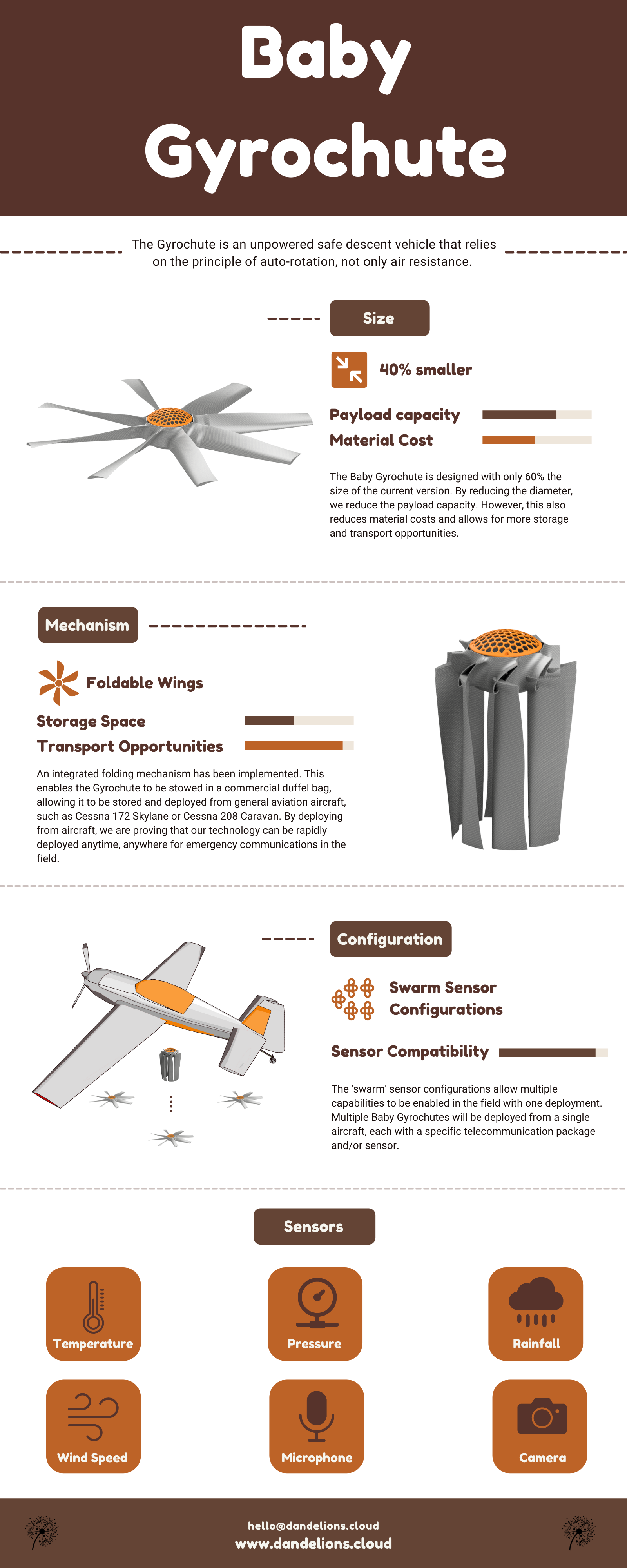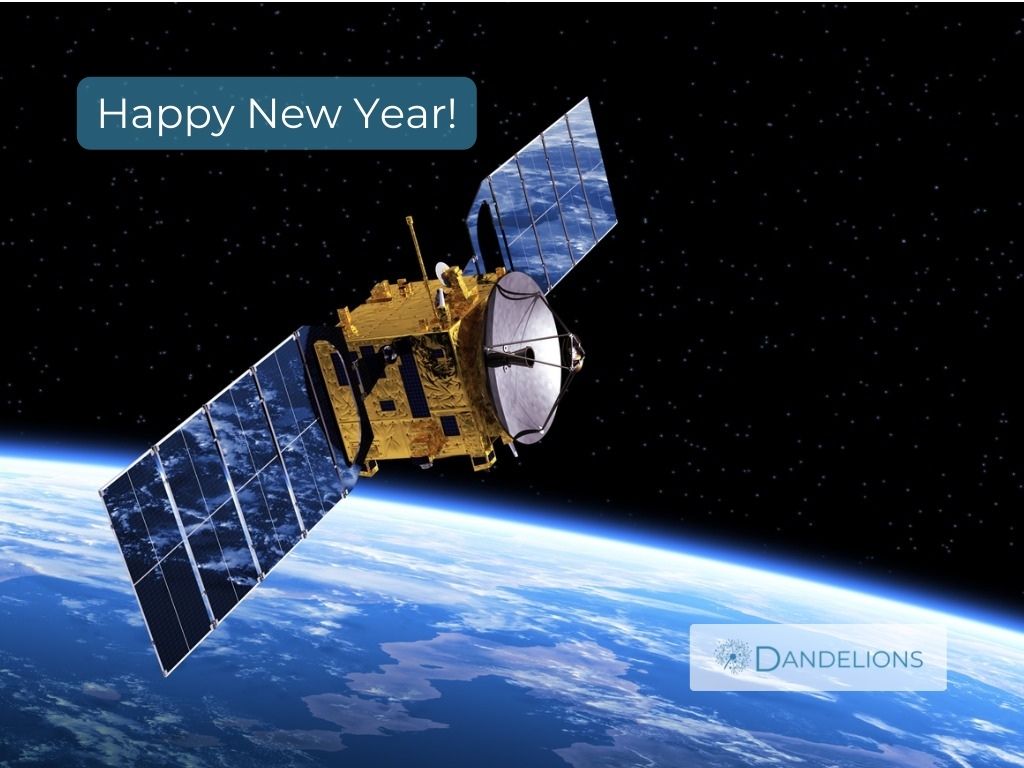Last week, we talked about temperature sensors, simple instruments that measure the degree of hotness or coolness and convert it into a readable unit.
This week, we are going to talk about rain sensors!
But first, let's find out what a rain sensor is 👇🏼
What Is A Rain Sensor?
A rain sensor is a device that gets activated when there is rainfall. Some people also call this sensor a rain switch.
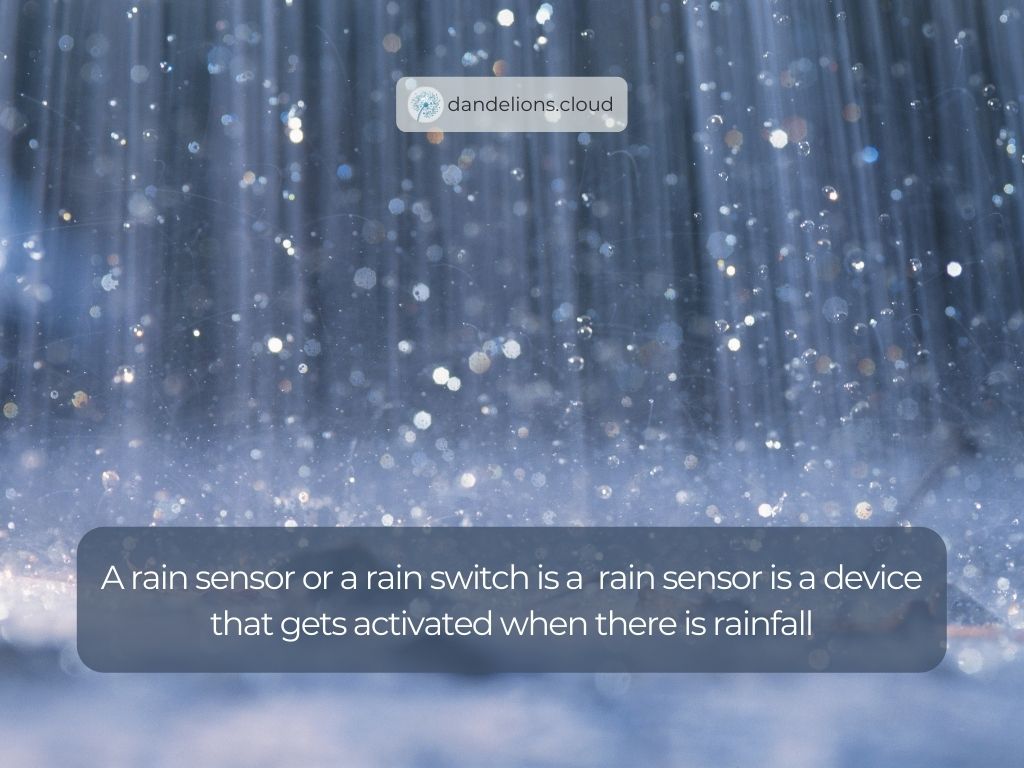
Not all rain sensors operate with the same mechanisms. Different rain sensors work differently.
Let's check out the different types of rain sensors!
What Are The Different Types Of Rain Sensors?
1 - Rainfall Collection Cup
A cup is attached to the sensor which acts as a rain gauge as the water collects in it. This helps the sensor determine whether it needs to activate the sprinklers or stops them from turning on when the rainfall cup fills to a certain level.
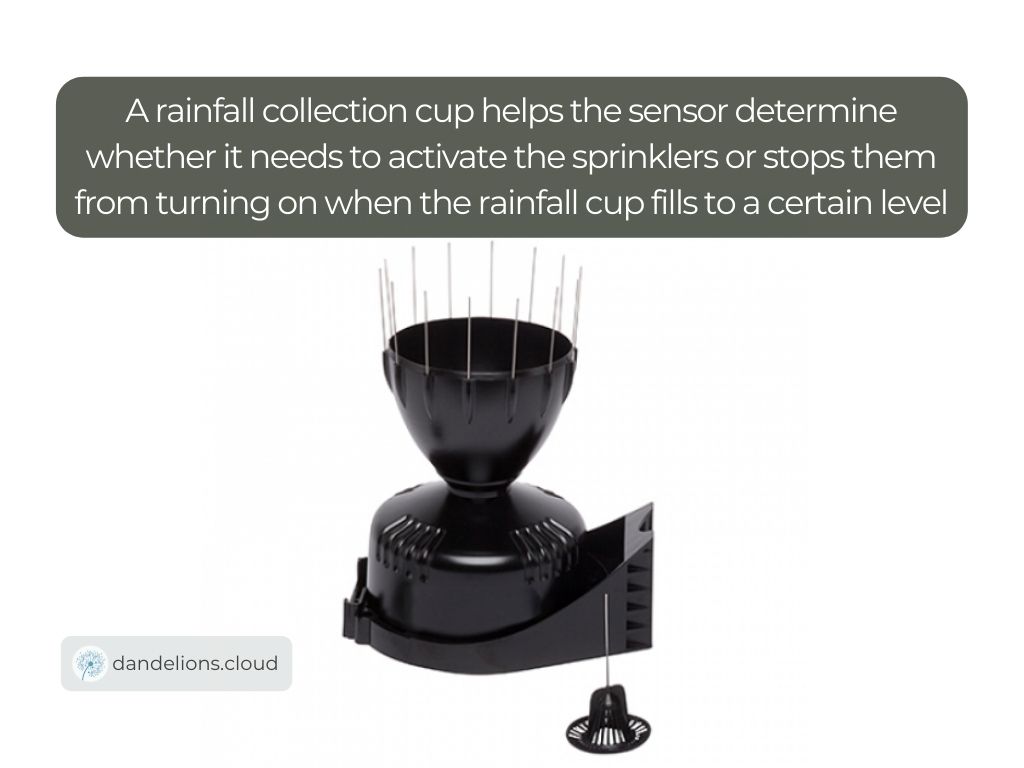
Drawbacks:
Leaves, debris, and even bugs or pests can fill up the collection cup causing the sprinklers to shut off.
wind can blow the water out of the container which leads to similar troubles.
2 - Conductive Sensor
Using the same rainwater collection dish, this sensor is triggered when the electrodes come in contact with the collected water level.
There are two electrodes near the bottom of the basin. When the water level reaches the electrodes, it completes a circuit and trips a switch. The irrigation system returns to its normal operations once the electrodes do not sense any more water.
Although this system can differentiate between debris and water, if the debris pushes up the water level after a brief shower, the sprinklers may deactivate prematurely.
Hence, the open container is a liability in both water collection and conductive types of sensors.
3 - Expansion Disk
This sensor uses a cork disk that expands when there is rainfall to measure the level of precipitation. A pressure switch is then used to break the electrical connection which causes the sprinklers to turn on and off.

The scheduled watering won’t start unless the disk has dried and retracted to its normal size; so, the longer it remains wet and expanded, the longer the sprinklers will be kept shut down. This system has proven to be effective and precise which has added to its demand.
What Are The Uses Of A Rain Sensor?
1 - Automotive
If you're sitting in your car and suddenly the wipers are triggered, that is not sorcery...
That is just... physics!
Rain sensors are typically used in cars to automatically trigger the windshield wipers and adjust their speed to conditions as necessary.
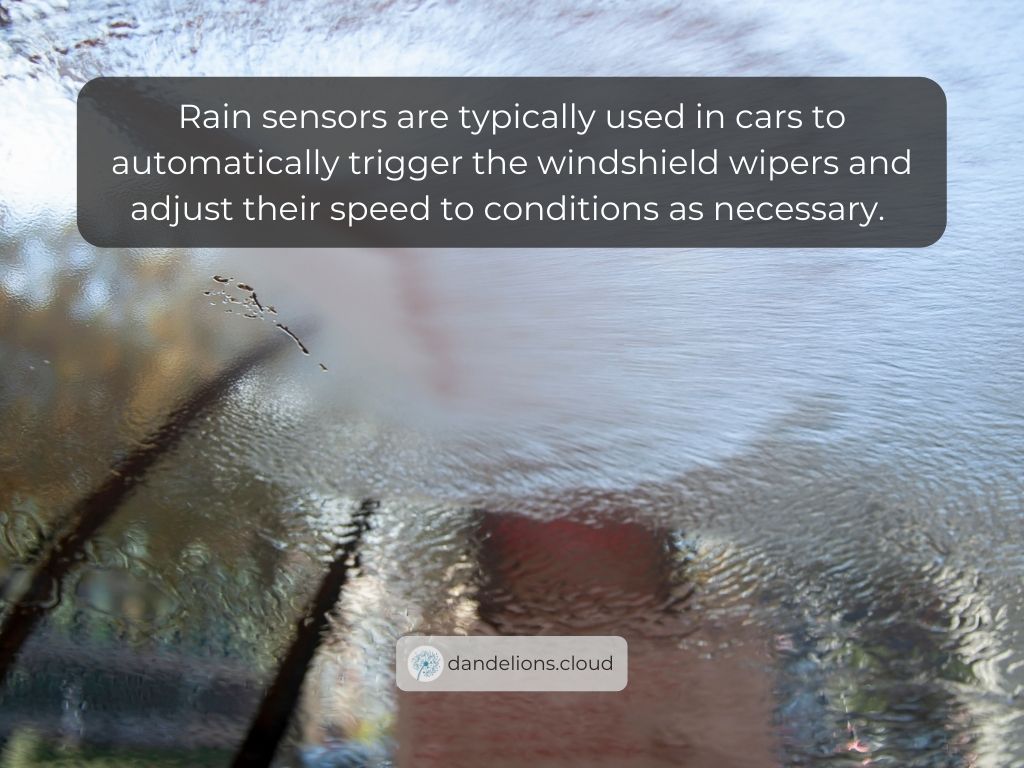
Rain sensing wiper works by measuring how many water drops are on the windshield, which allows it to know when it should activate the wipers to wipe the water off.
The rain sensor does this by sending invisible infrared light across the windscreen. The detected light is then reflected back internally by the windshield glass. This real-time sensing enables it to know how much water is on the glass which triggers when the wipers need to be activated.
In heavier rain, it will also increase the speed of the wipers to ensure that sufficient wiping is performed to maintain a clear windscreen for the driver.
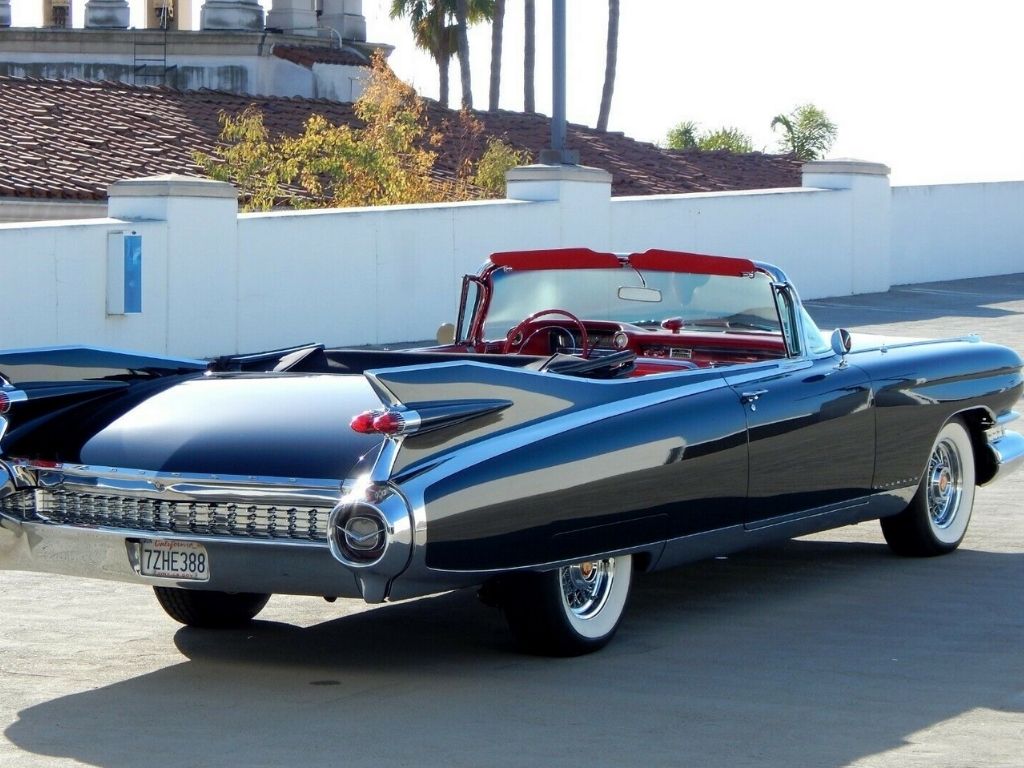
Although it is now often used for car wipers, it was then used as an experiment by Cadillac to trigger various electric motors to close the convertible top and raise the open windows of a specially-built Eldorado Biarritz model, in case of rain.
2 - Irrigation
In irrigation, the rain sensors are designed to override an irrigation system depending on the environment and moisture present.
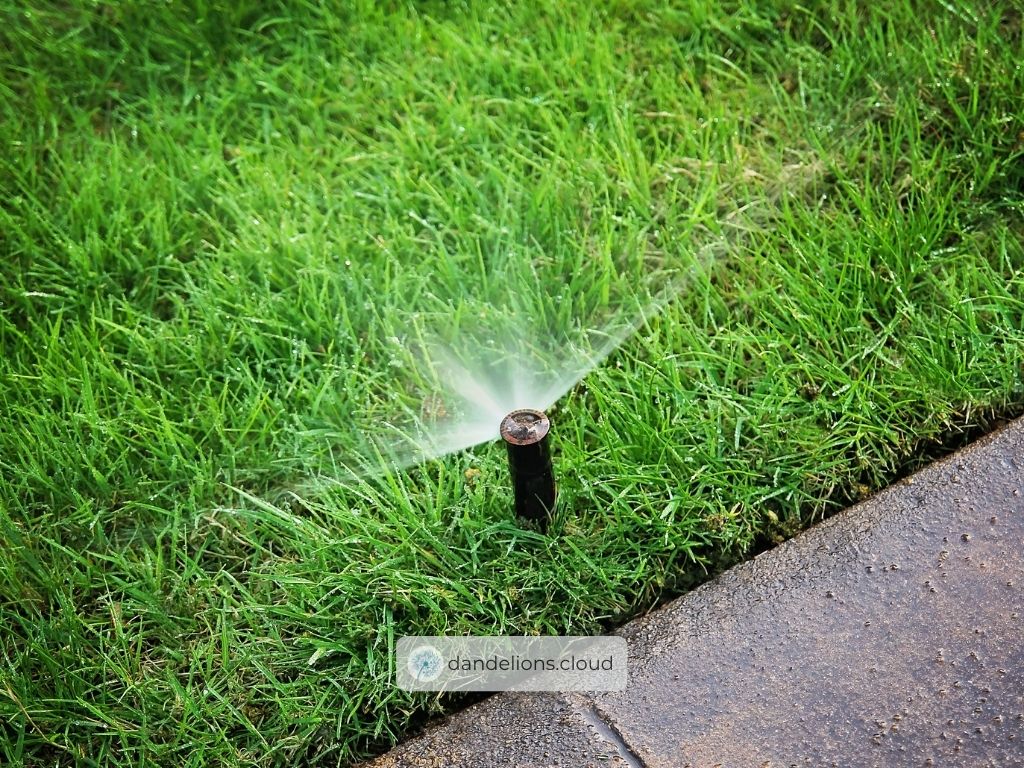
During a storm or immediately following rainfall, a rain sensor will automatically switch an irrigation system off in order to conserve water and prevent unnecessary expenses.
These units will also re-activate an irrigation system once a landscape has dried out or moisture cannot be sensed, effectively preventing the over-watering of an area or garden.
Some benefits of rain sensors for irrigation:
Conserves water by pausing the sprinkler system until it’s necessary to run it again.
Prevents over-watering and waterlogging caused when sprinklers remain active during rainfall.
Extends the irrigation system lifespan since it isn't overworked.
Prevents waterway pollution and groundwater deficiency.
Savs money on energy bills.
Conclusion
In conclusion, a rain sensor or a rain switch is a device that gets activated when there is rainfall. The rain sensor works differently depending on the type. Some of the rain sensor types available are rainfall collection cups, conductive sensors, and expansion disks. The rain sensor is mostly used in automotive to automatically trigger the wipers, and in irrigation to pause the sprinkler system when there is rain.
Here at Dandelions, we are in the process of creating an air deployable vehicle called the Gyrochute. The Gyrochute can be fitted with your payload of choice, one of them is this rain sensor.
If you are looking for a vehicle to deploy your rain sensor, do not hesitate to contact us at hello@dandelions.cloud for more information regarding our innovation.
Stay tuned for our latest updates!
